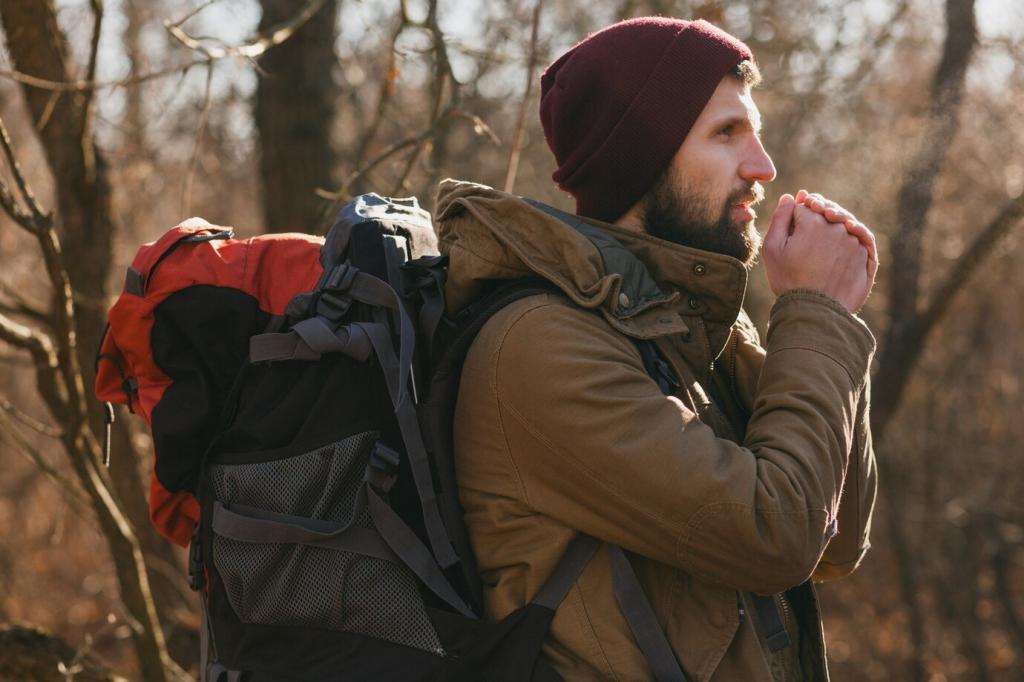Adapting Hiking Techniques for Different Seasons
Chosen theme: Adapting Hiking Techniques for Different Seasons. Step into a year-round trail mindset where your footwork, layers, navigation, and safety instincts flow with the weather. Let’s swap stories, refine tactics, and build a season-proof hiking practice together—subscribe for updates and share your favorite seasonal adjustments in the comments.
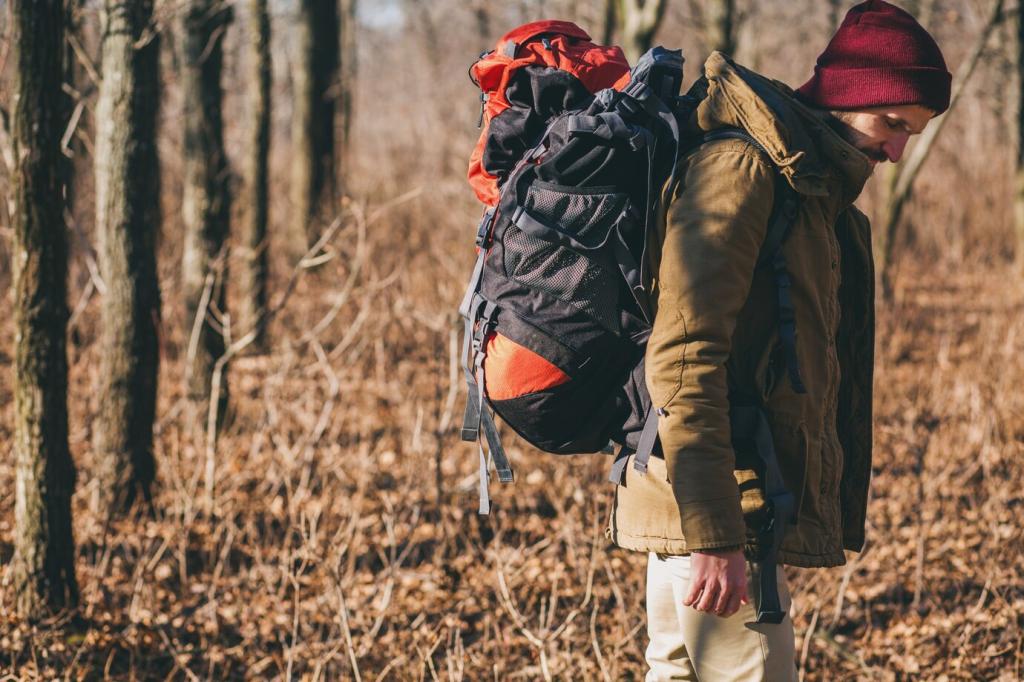

This is the heading
Lorem ipsum dolor sit amet, consectetur adipiscing elit. Ut elit tellus, luctus nec ullamcorper mattis, pulvinar dapibus leo.

This is the heading
Lorem ipsum dolor sit amet, consectetur adipiscing elit. Ut elit tellus, luctus nec ullamcorper mattis, pulvinar dapibus leo.
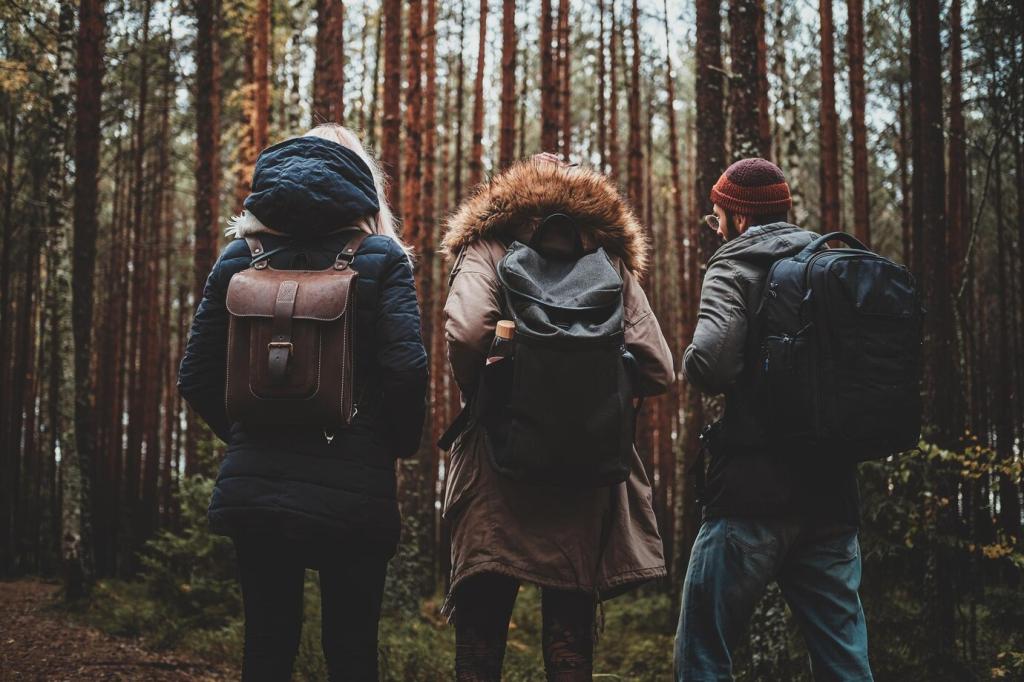
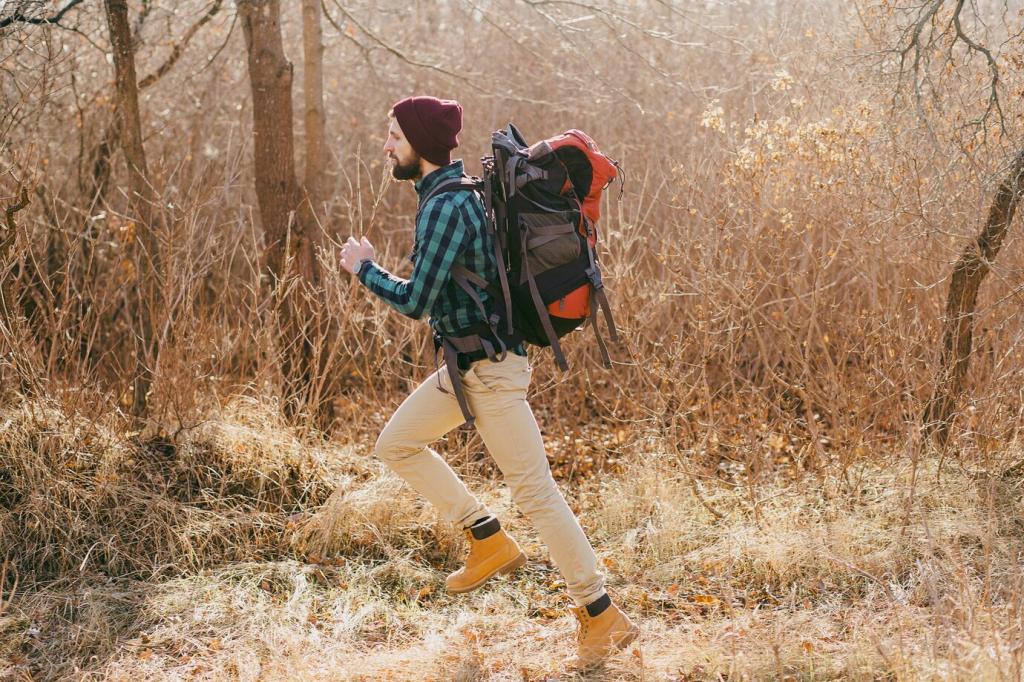
Layering and Gear Transitions That Keep You Moving
Run a thin grid fleece with a breathable windshell, then regulate using zips, cuffs, and a buff instead of constant wardrobe changes. Light fleece gloves live in a hip belt pocket for on‑the‑fly warmth. Stash an emergency vapor‑barrier layer for cold surprise storms. Subscribe for our shoulder‑season checklist to fine‑tune your kit.
Layering and Gear Transitions That Keep You Moving
UPF hoodies, sun gloves, and wide‑brim hats block radiation while staying breathable. Light colors reduce heat gain; airy fabrics wick and dry fast. Evaporative cooling cloths on wrists help during climbs. Trail runners with good drainage beat swampy socks. What’s your favorite sun shirt that never chafes, even on long switchbacks?
Fuel, Fluids, and Pacing by Temperature
In summer, thirst lies and pace deceives. Dose electrolytes consistently, track clear urine, and hike early and late, resting in shade mid‑day. Use perceived exertion, not speed, to prevent overheating. Soak a bandana, cool neck and wrists, and protect skin. Tell us your best trick for staying strong during blazing, slow climbs.
Weather, Light, and Navigation Across Four Seasons
Start early to beat afternoon convection. Know the 30/30 lightning rule, avoid ridgelines, lone trees, and gullies during storms. Identify low‑risk bail‑outs and practice quick transitions into storm mode. Keep a storm map in your head. What’s your best thunder workaround for exposed sections on your local peaks?
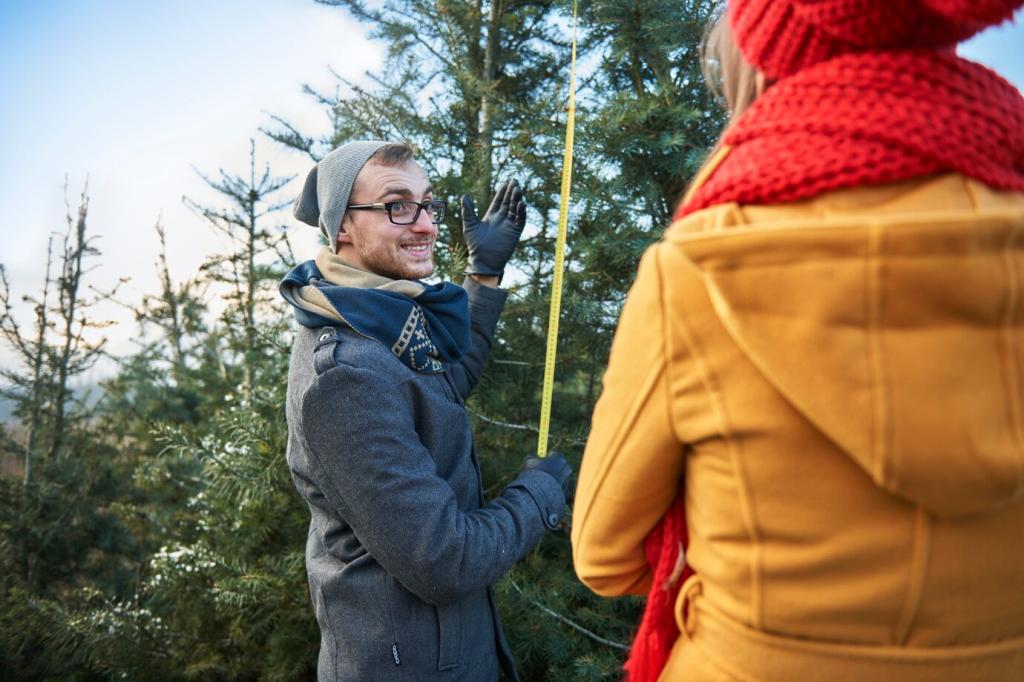
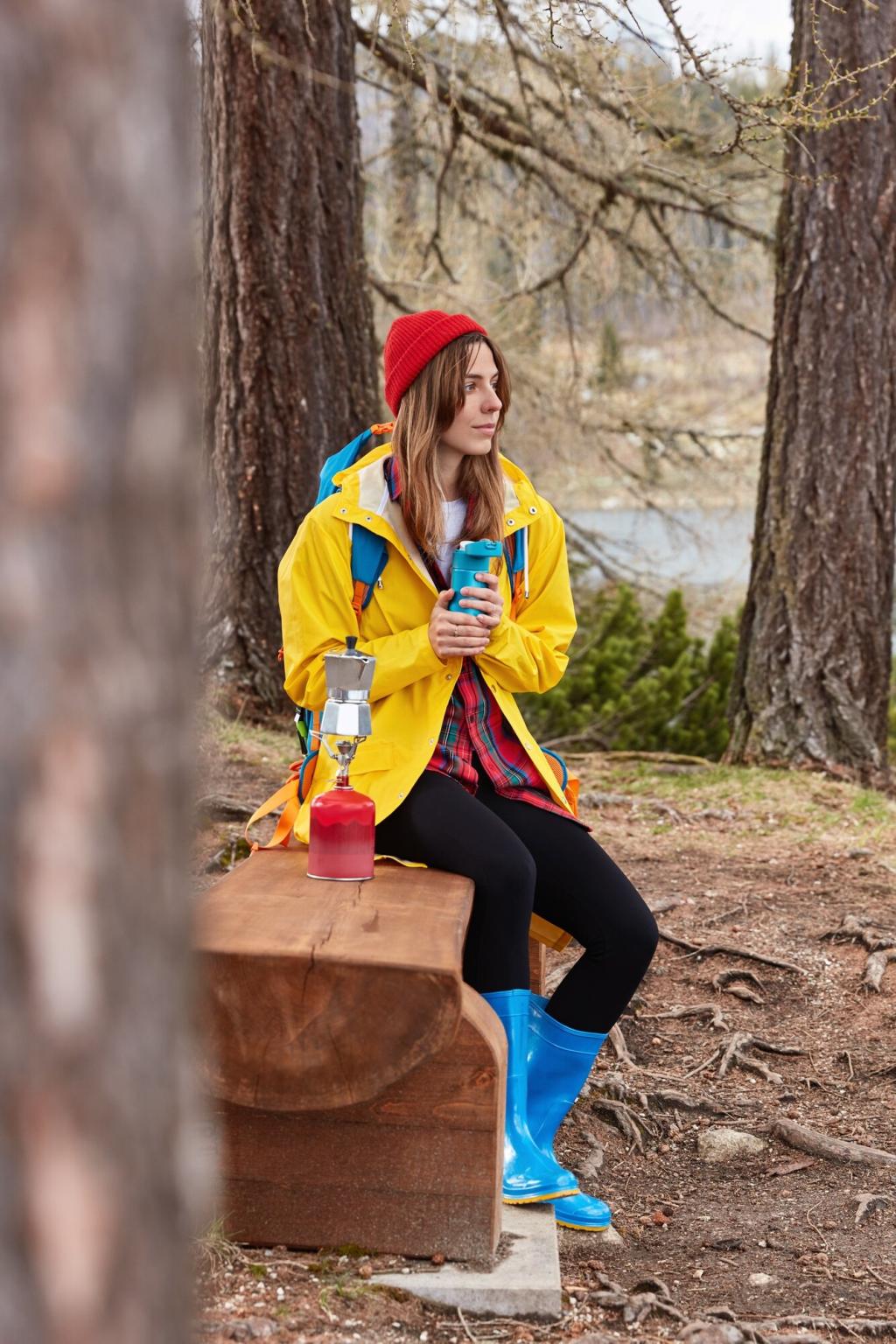
Mud Season Restraint: Trail Preservation Over Summit Fever
Walking around puddles widens trails and scars habitats. If the route is saturated, choose a drier aspect, different elevation, or another day. Step through the middle on durable surfaces when possible. Share local closure calendars or your favorite low‑impact alternate routes for spring, and encourage friends to do the same.
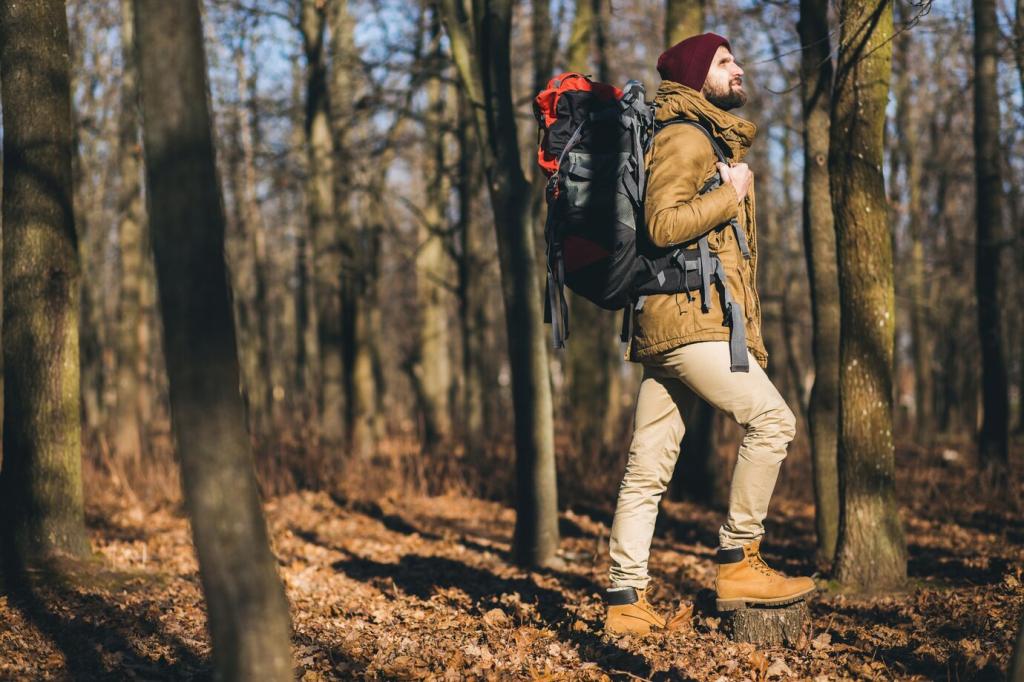
High Summer Fire Sense: Stoves, Sparks, and Camp Discipline
In drought and wind, fire risk soars. Prefer canister stoves with stable bases, practice cold‑soak when bans are active, and never leave flame unattended. Skip campfires; pack out microtrash meticulously. Check local regulations before you go. Help spread the word—what simple habits should every summer hiker adopt to reduce wildfire risk?
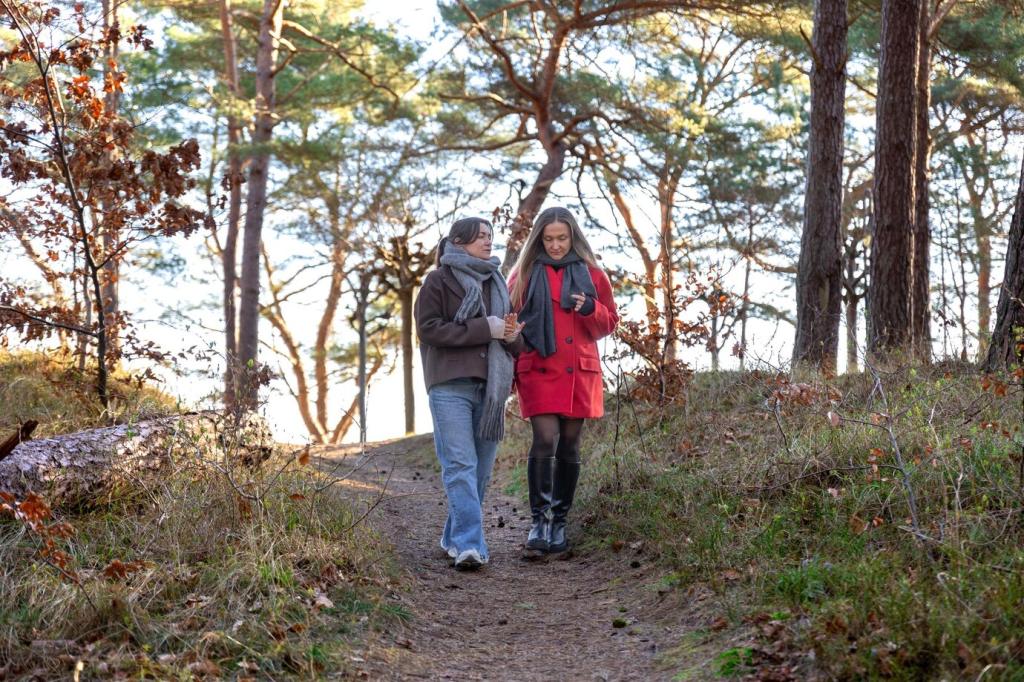
Winter Snowpack Etiquette: Fragile Life Beneath, Deep Quiet Above
Under thin snow lie vulnerable plants and sleeping critters. Travel on durable, consolidated snow and avoid meadows with shallow cover. Give wildlife space—energy is survival. Keep noise low and groups small. Post your top winter etiquette reminder so we all enjoy the hush while keeping the landscape resilient for spring.
Build heat tolerance with 10–14 days of gradual exposure: easy hikes in warm conditions, steady hydration, and conservative pacing. Over time, sweat becomes more efficient and heart rate drops at the same effort. Log how you feel and adjust. What’s your sensible acclimation schedule before a big summer objective?
